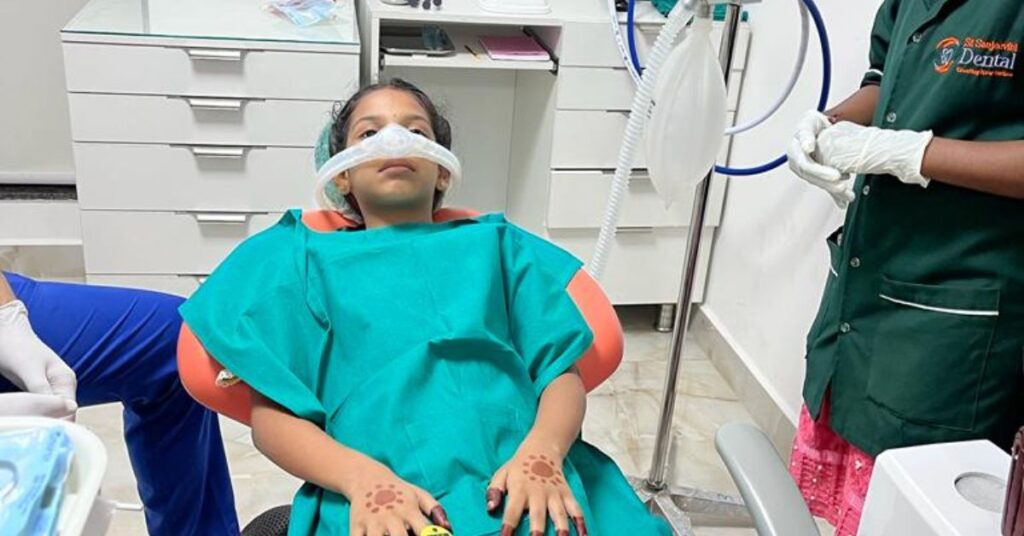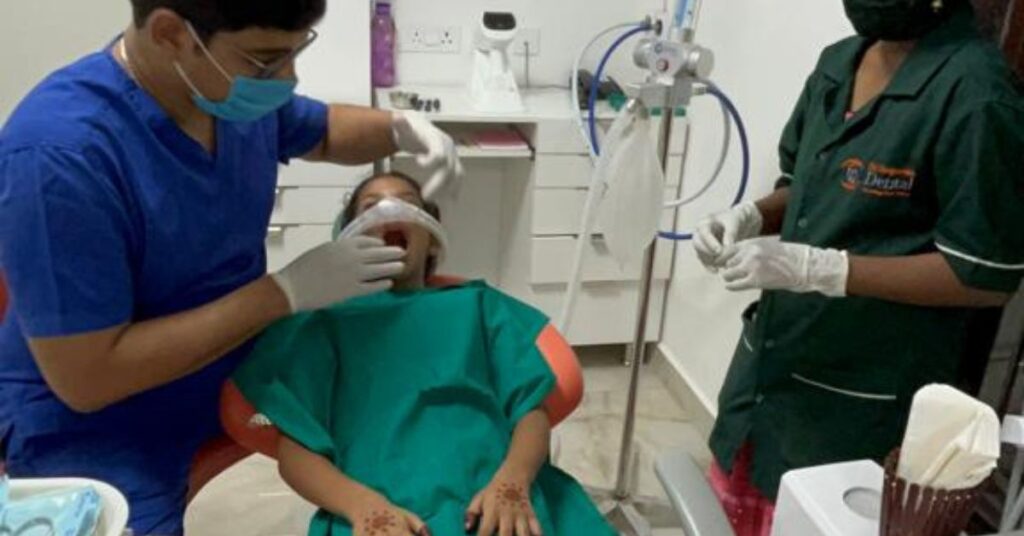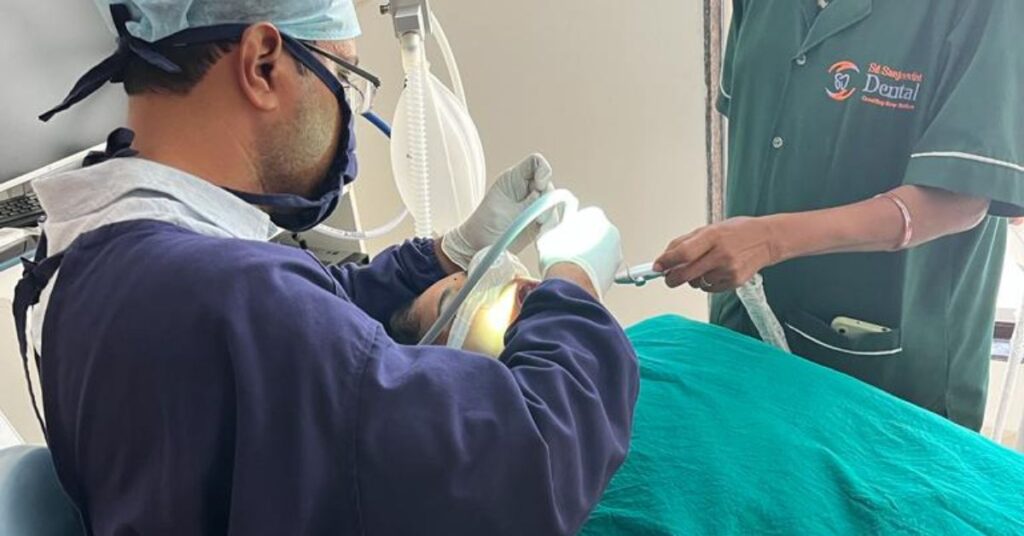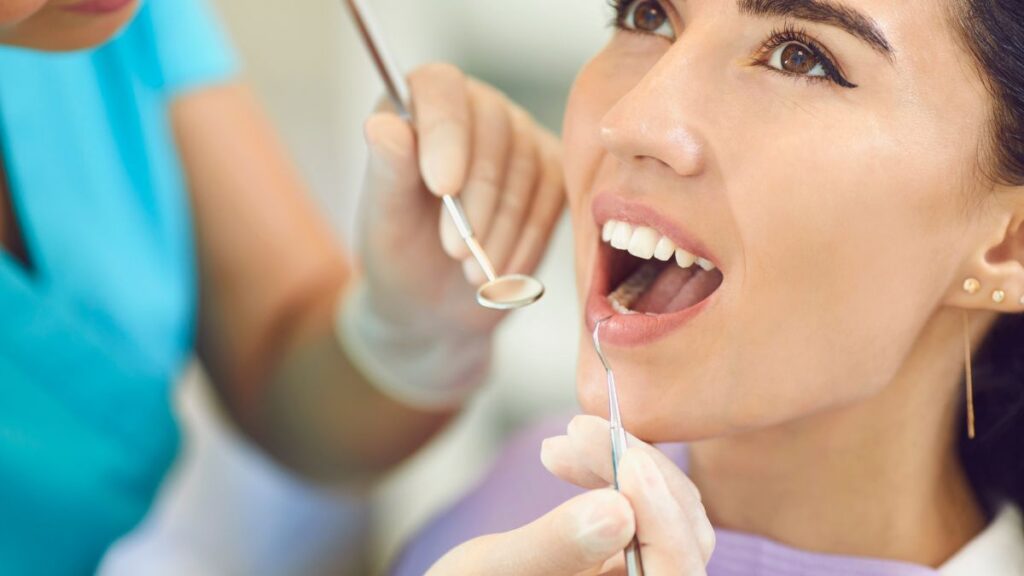
Introduction
Dental sedation involves utilizing medications to facilitate relaxation and pain relief in patients struggling with dental anxiety or requiring complex treatments. It aims to reduce fear and discomfort often associated with invasive dental work while preserving patient safety. By inducing an elevated threshold for pain and minimizing extreme apprehension, sedation eases the entire dental experience.
Both patients and dentists stand to benefit greatly from conscious sedation techniques. Patients can receive necessary dental care with reduced peripheral pain and centralized anxiety. Meanwhile, dentists can work more efficiently by completing multiple complex procedures in a single visit. The following sections will delve into the full scope of patient and provider benefits offered by this burgeoning field.
Benefits for Patients

For anxious dental patients, sedation techniques facilitate indispensable psychological and physiological changes to enable tolerable treatment. The precise advantages include:
Anxiety Reduction
Excessive apprehension concerning dental visits or procedures can become severe enough to deter patients from seeking care. This dental anxiety often stems from prior negative experiences characterized by substantial discomfort or embarrassment. Sedation minimizes distress for such patients by inducing temporary relaxation through precision medication dosages. Individuals overwhelmed by the prospect of dental work can undergo necessary procedures with their distress temporarily diminished.
Increased Comfort
Sedation methodologies maximize patient comfort in the dental chair by mitigating painful sensations from dental stimuli. Local anesthetics prevent peripheral discomfort from treatment sites in the oral cavity while sedatives depress the central nervous system activity registering pain. Patients therefore undergo procedures with both localized and widespread relief from distress. This increased comfort expands the scope of treatment sessions by enabling more complex work within a singular appointment.
Faster Treatment
The combination of patient relaxation and expanded treatment capacity allows for accelerated care completion. Multiple complex procedures become executable within condensed time frames due to patients tolerating lengthier appointments without interruption. Such comprehensive single-visit care increases efficiency for both patient and provider. It also prevents the expense and inconvenience of drawn-out treatments across numerous sessions. Apprehensive patients in particular benefit from minimized exposure to the stresses inherent in repetitive dental appointments.
Prevention of Oral Health Issues
By addressing the root psychological barriers deterring anxious dental patients from proper care, sedation prevents oral health deterioration. Individuals too overcome with fear to endure cleanings, fillings, or complex rehabilitation would otherwise neglect such crucial services. The relaxing qualities induced through sedation facilitate the receipt of care necessary for sustained dental wellness. By easing barriers to care like anxiety, sedation dentistry helps reinforce lifelong positive oral health.
Benefits for Dentists

While patients undergo their dental procedures with enhanced psychological and physiological comfort, sedation dentistry concurrently empowers dentists to work more effectively and efficiently. Provider benefits include:
Increased Efficiency
The relaxation benefits of sedation for patients translate to increased provider efficiency by expanding feasible treatment options. Appointments need not end prematurely due to patient discomfort, inability to tolerate extended durations in the dental chair or complications with behavioral guidance amongst pediatric patients. Dentists can thus utilize time fully to complete all necessary procedures within consolidated visits rather than enduring interrupted sessions across multiple appointments. This prevents workflow disruptions and abbreviated visits which diminish dentist efficiency.
Time Efficiency
Sedated patients comfortably withstand appointment durations previously impeded by heightened anxiety, low pain tolerance, or behavior management challenges with children. Dentists subsequently utilize fewer operational resources through the elimination of excess sessions dedicated to fragmented care. Fewer appointments per patient enable the allocation of recovered hours to serve the new clientele. This allows for both substantial cost and time savings benefitting dental practices. It also increases service capacity to better satisfy community oral health demands.
Other Benefits

Beyond advantages for patients and dentists specifically, sedation dentistry facilitates supplementary benefits impacting the overall quality of care. These include:
Pain Management
Combining sedative methodologies with the numbing capacity of local anesthetics enables superior pain control over utilizing anesthesia alone. Sedation reinforces analgesic effects by reducing patient perception of and response to noxious stimuli exceeding localized sites of dental neuropathy. Patients therefore undergo smooth, comfortable treatment devoid of disruptive pain signaling.
Collaboration
Conscious patients retaining lucidity despite sedation can communicate easily with clinicians throughout dental visits. Practitioners confirm sustained patient responsiveness and relaxation while continually tailoring sedative delivery to uphold consciousness. Patients directly convey emerging discomfort possibly necessitating adjustments in anesthesia or sedation. This dynamic communication and coordination optimizes procedural precision and patient satisfaction. By upholding consciousness, dental professionals prevent the complete sensory and motor inhibition inherent in general anesthesia that would sever this pivotal collaboration.
Conclusion
Sedation techniques produce invaluable enhancements to psychological comfort, procedural efficiency, and practice capacity within dentistry through several mechanisms. Patients enjoy reductions in anxiety alongside heightened pain thresholds benefitting previously inaccessible treatment. Dentists in turn leverage these advancements toward amplified procedural precision, complexity, and efficiency. Meanwhile, dental practices expand client capacity and appointment flexibility to better serve community needs. Through its diversity of highly interdependent advantages, sedation dentistry proves essential for supporting optimal oral health through patient-centered care and operational excellence. This modern modality promises continued growth and innovation to further uphold dentistry at both humanistic and systemic levels.


